Ford GT bags design award for best production vehicle at 2015 Detroit Motor Show
Ford Motor Co shocked the Detroit Motor Show by unveiling a successor to its GT supercar.
Ford Motor Co shocked the Detroit Motor Show by unveiling a successor to its GT supercar. The model will start production late next year, and will be sold in global markets, which is expected to include Europe. Two days after it was unveiled, it has been announced that the smashing-looking car has bagged the EyesOn Design Award for best production vehicle.
EyesOn Design, the official design awards for NAIAS, honours the best production and concept vehicles making global debuts in Detroit. Judges include current and former design leaders from global automakers and transportation departments at top art schools.
“Ford and its employees are honored to receive this recognition,” said Moray Callum, Ford Motor Company vice-president, Design. “The great thing about the all-new Ford GT is that we were able to maintain the essence of the original GT40, while making it into a 21st century car. The GT’s cutting-edge technology and engineering demonstrate Ford’s commitment to performance and innovation in every aspect of our business.”
The cars will be built at a new technical centre in Charlotte, North Carolina, which opened last May. Ford's group vice president and chief technical officer, Raj Nair said: "It will be made in a limited series, even more exclusive than the 2005 GT." Ford design boss Moray Callum also confirmed that availability would mean hundreds of units, rather than thousands.
Power comes from a mid-mounted 3.5-litre twin-turbocharged V6 EcoBoost engine that develops more than 600bhp and is mated to a seven-speed dual-clutch automatic gearbox. The car's body - predominantly carbonfibre, with aluminium structures at either end to house the engine and suspension – is expected to result in a light kerb weight. Indeed, Ford says the GT will have one of the best power-to-weight ratios "of any production car".
Though performance details have yet to be revealed, Ford says the new model will offer "outstanding acceleration and handling with improved efficiency".
"This is the ultimate Ford, a new halo," said Nair. "The ultimate embodiment of all our innovation - everything from the wheels, aerodynamics, engine. All this new technology is important for future Fords. The GT is the flagship for this innovation, and that's why we're building it.
"There are loads of new innovations here, and the hi-tech Ecoboost engine is a perfect fit for the car," he added. "The 3.5 V6 has more power than the 6.2 V8, and better economy. That blend of performance with efficiency is so important."
The new GT's styling keeps hints of the look of its predecessors by sitting low and wide and riding on 20-inch wheels shod with Michelin Pilot Super Sport Cup rubber. The suspension is a torsion bar and pushrod arrangement, and incorporates adjustable ride height settings. Carbon-ceramic brake discs feature in all four corners.
It also features a rear wing that is height and pitch adjustable depending on driver input, and a large rear diffuser.
"Aero plays key role in efficiency - there's fully active aero. The teardrop shape is very efficient and the body surfaces reduce drag," said Nair. "It's important to improve aerodynamics to aid efficiency, and also cooling, because these smaller, power-dense engines need plenty of cooling."
Inside, the two-seat GT offers what Ford calls a "purposeful" interior, which is accessed via upward-swinging doors. The driver and passenger seats are bolted directly into the floor.
The rear-wheel-drive GT is one of 12 new models that will be launched under the Ford Performance banner by 2020. Other vehicles that will form part of the Performance sub-brand include the Focus RS, F-150 Raptor, Shelby GT350 and recently unveiled GT350R.
The new GT will come to market to celebrate the 50th anniversary of Ford's GT race cars placing first, second and third at the 1966 Le Mans 24Hrs.
Speaking at the unveiling of the model, Ford boss Mark Fields said the company had been "thinking and kicking around ideas about how we can use innovation to make the ultimate ford performance vehicle".
Executive chairman Bill Ford said: "I have chassis number one of the 2003 GT, and I didn't think we'd top it; I think we just have, though."
Though pricing of the new model has yet to be revealed, Moray Callum says it will likely be set well north of the last GT, which came with a minimum suggested retail price of $140,000 in the US. Interestingly, Callum says that fewer than 50 people saw the GT before its Detroit unveiling – something which, combined with the lack of focus groups, he says has been a massive help.
The Ford GT will be one of the headline cars within the new Ford Performance sub-brand. Nair believed that Ford Performance vehicles would have a positive effect on the Blue Oval's conventional model range.
"It's good for business to make cars like this," he said. "Performance vehicles attract new customers, keep existing customers and allow us to bring in younger, wealthier buyers into the brand.
"There's an obvious, large new investment in Ford Performance. The real fun is to watch how these new cars will influence future Ford products. Performance is our passion, but importantly innovation with cars like this drives the rest of the range.
"Ford Performance is a halo under which we will deliver performance cars. It will increase our engineering capabilities. Cars like this are a proving ground for passionate engineers.
"[Cars like this] generate great business – sales have been up 70 per cent in the US since 2009, and even more so in Europe. They are bought by younger and better educated buyers."
He added that existing hot ST-branded models helped lay the groundwork for Ford Performance: "ST has helped us create this foundation: 65 per cent of ST buyers are new to the brand. 50 per cent of performance Ford buyers buy a Ford as their next car. 50 per cent of ST buyers are under 35, and 30 per cent earn $100k or more a year."
Nair said a hybrid system would not have suited the new Ford GT's attributes: "We've a lot of work going on around electrification, but the GT is all about efficiency. It's not hybrid because it would add too much weight. We chose to reduce weight, a real focus as this benefits all attributes."
As for the timing of the confirmation of the new GT model, Nair said: "[2014] was a good year for sales [2014] but even through the tough times we've always invested in performance models. Doing it now is not because we're doing well as a company, but instead it's about where we are with the technology.
"Cars like this are embodied in our DNA. I can't imagine our company not producing cars like this. It's good for us and it's in our blood."
Rumours abound that Ford will go racing with the new GT next year in order to celebrate the 50th anniversary of winning the Le Mans 24 Hours with the original Ford GT.
On that subject, Nair said: "We're always evaluating what's appropriate, but we're not thinking about new series. We're working hard on meeting the new NASCAR regulations in particular. We're always evaluating whether a race series fits with the technology, vehicles and the brand."
Q&A with Moray Callum, Ford design boss
How do you set about redesigning a classic?
"It was important to us to design a car that was all about how you'd design a car with the ethos of the GT40 today, as opposed to redesigning the GT40. Yes, we wanted to pay homage to what had gone before – and there are details all over the car that do that – but there majority of the car was created to achieve today's goals.
"Above all, it couldn't be a cartoon of what went before. Frankly, the availability of materials like carbon fibre make things possible today that weren't even close to being available all those years ago."
How quickly has the project come together?
"We started just 14 months ago, and it has come together incredibly quickly. We did a quick scale model, then a full size one in foam and then a clay model really fast. There was a team of seven or eight designers working on the car in a room that we opened and kept out-of-bounds.
"It was a skunkworks project, and we were having meetings in the evenings and at weekends to ensure word didn't get out. That had the benefit of meaning decisions were made quickly and by a tight group."
How early was the powertrain set?
"Very early on, and that helped. We could fix the plan view, work out the cooling requirements, the frontal area and proportions and so on. Having an EcoBoost engine also validates the car – it makes it relevant. But the packaging is still tight, we've had to work very closely with engineering to meet their requirements, hit the aero targets and achieve our design goals."
How close is this car on display to reality?
"Probably 95 percent. The project is ongoing and developing, but it'll be things like the door mirrors and headlamps that might be refined, nothing more. The intriguing aspect is that a lot of this car is a genuine test bed for us: we're learning so much about construction techniques, material usage, aerodynamic influences and so on."
RELATED ARTICLES
ZF to display next-gen e-axle for low-floor city buses at Busworld Turkiye 2024
The AxTrax 2 LF is available with a continuous output of up to 360 kW and a peak torque of up to 37,300 Nm.
Daimler Buses and BMZ Poland to develop next-gen NMC4 electric bus batteries
The new battery generation NMC4 – succeeding the current NMC3 technology – will combine high energy density, resulting i...
Netradyne expands UK operations via partnership with Intelex
The collaboration between Netradyne and Intelex marks a substantial leap forward in advancing road safety and fleet mana...





 14 Jan 2015
14 Jan 2015
 3377 Views
3377 Views



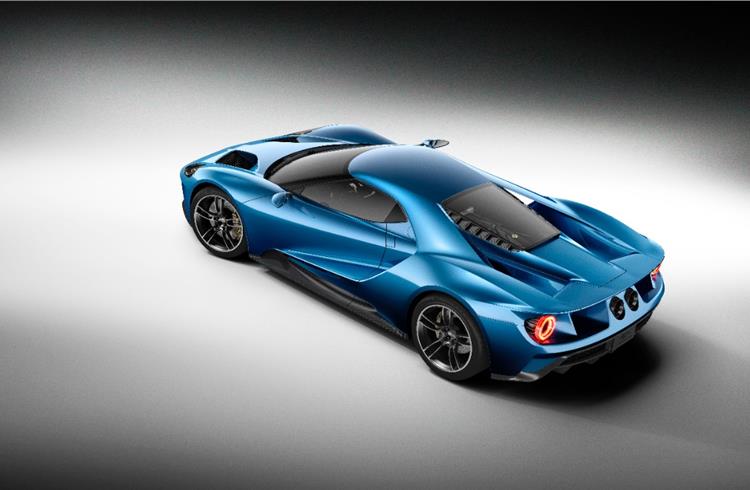
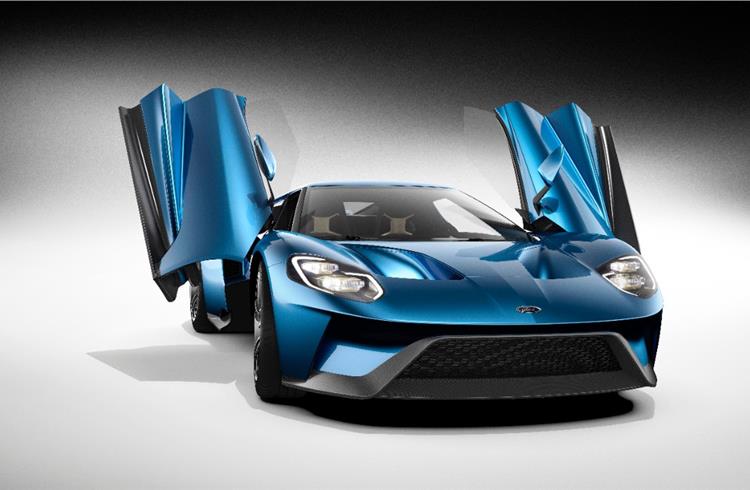

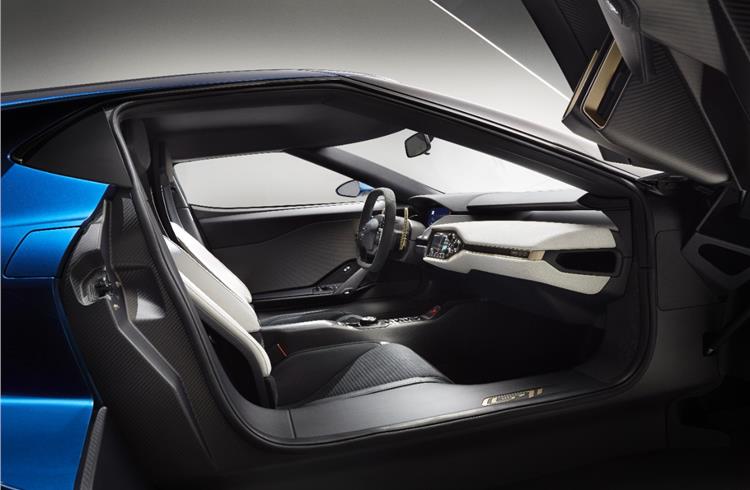
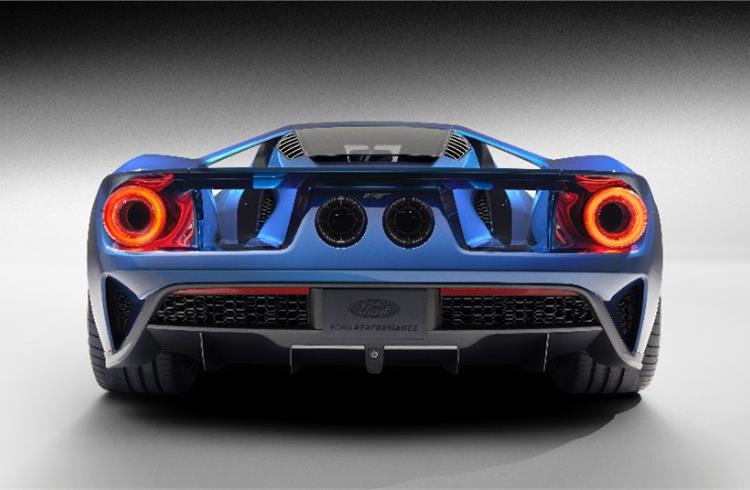
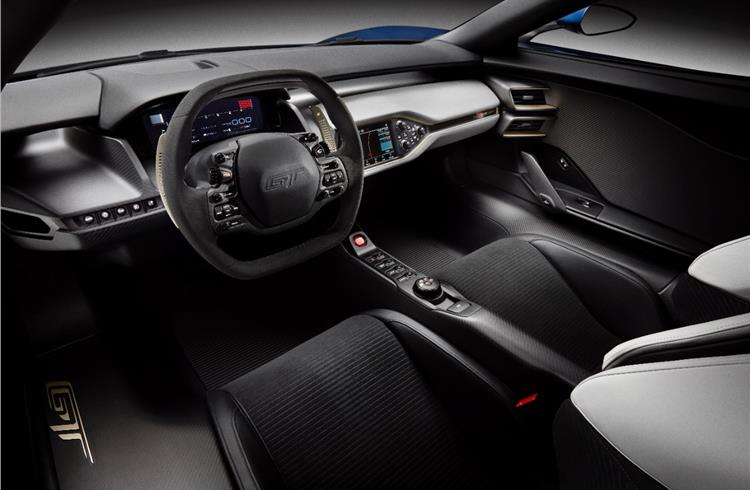

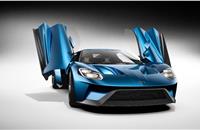


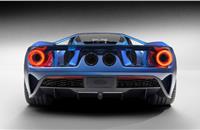


 Autocar Pro News Desk
Autocar Pro News Desk




